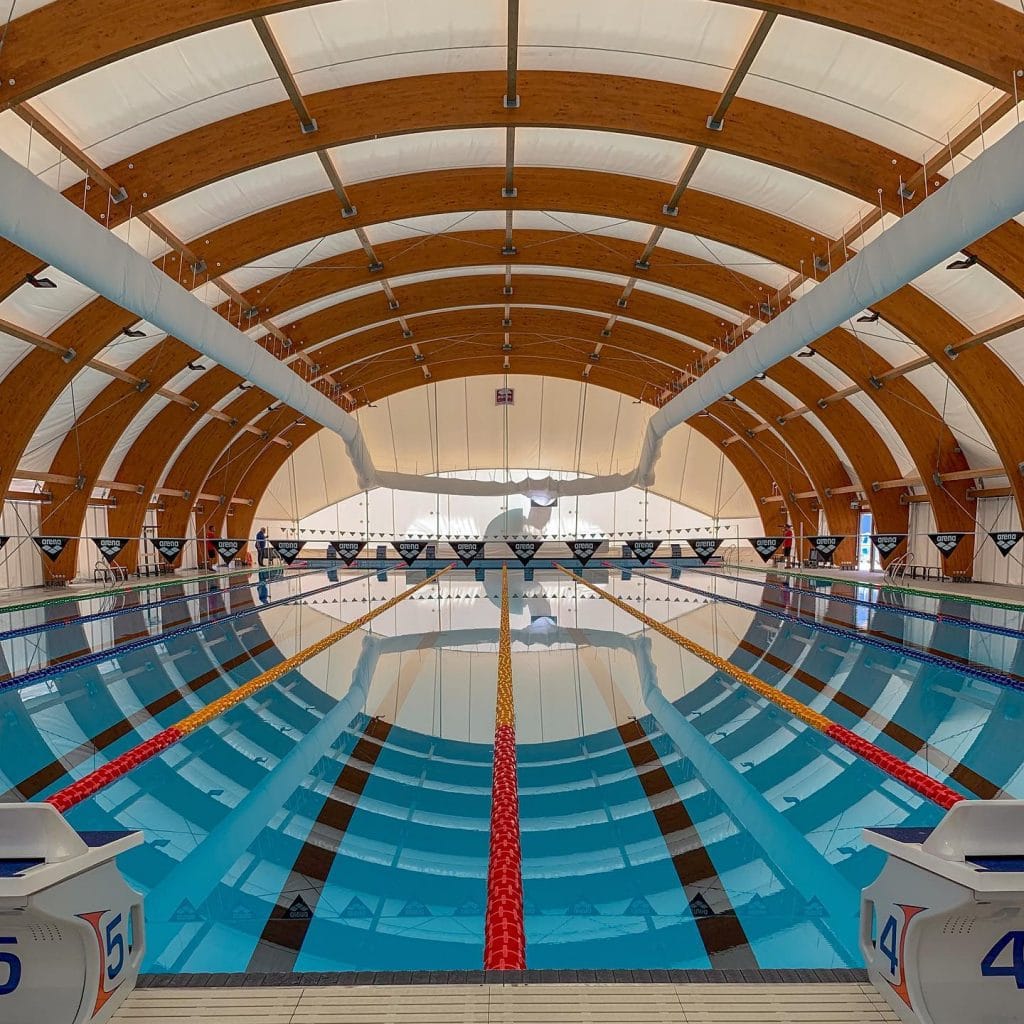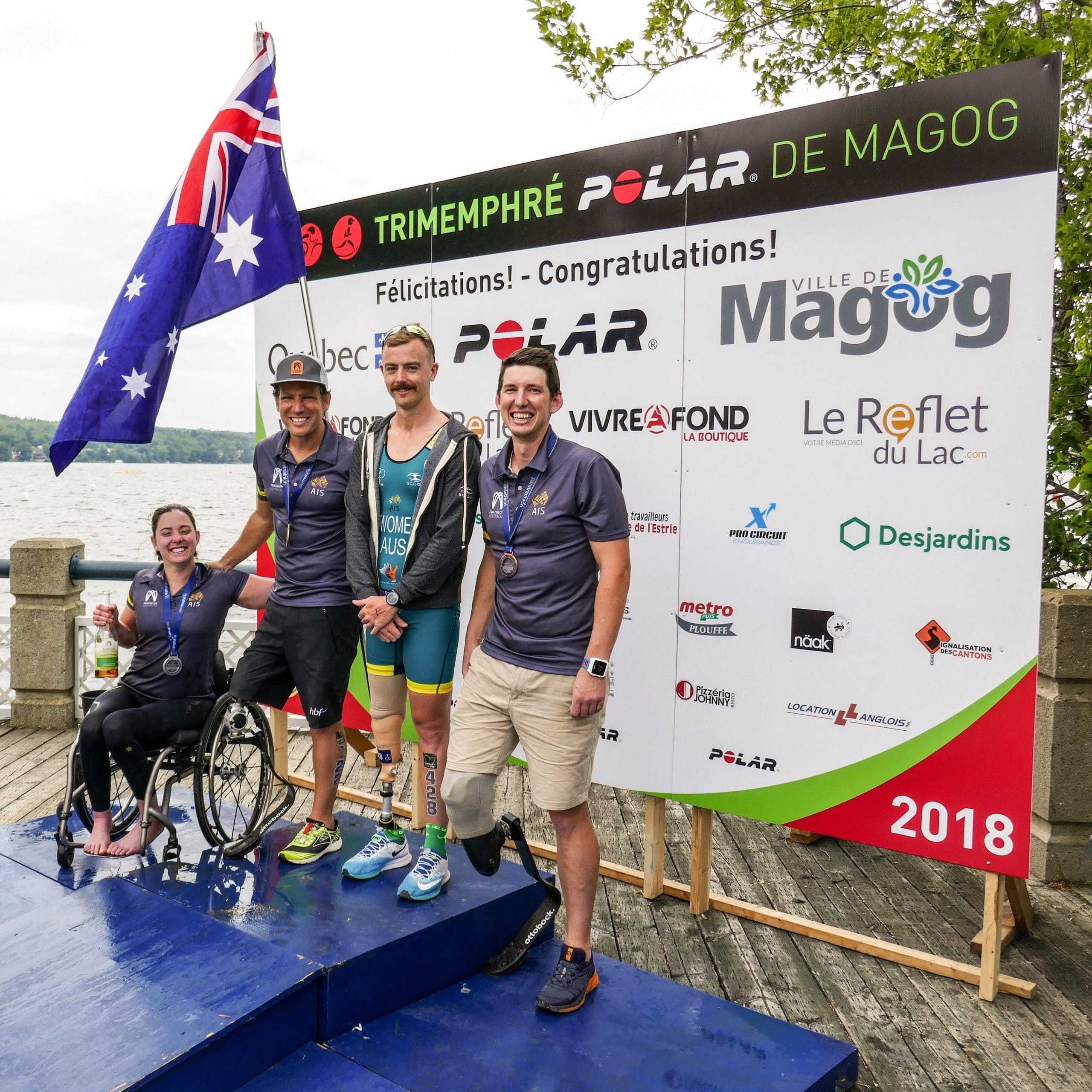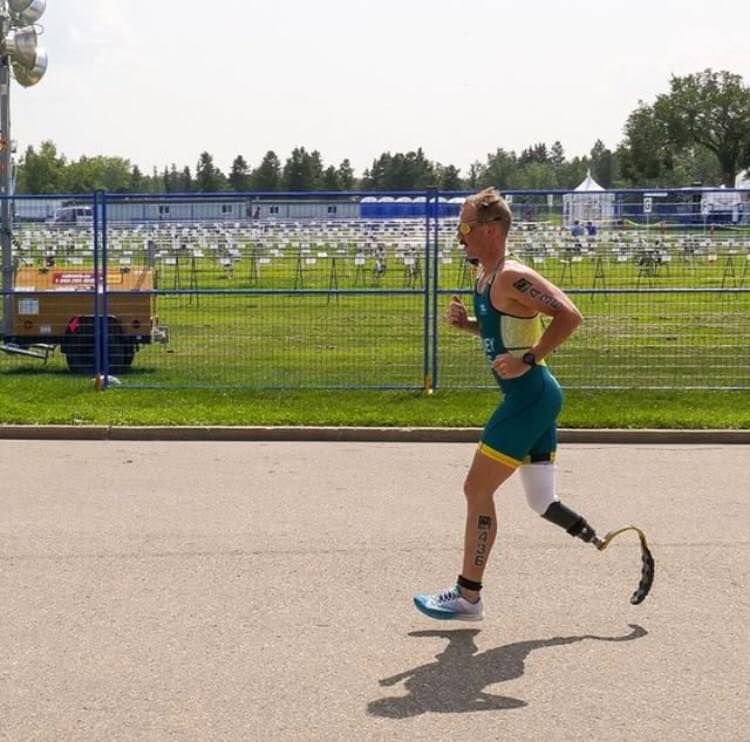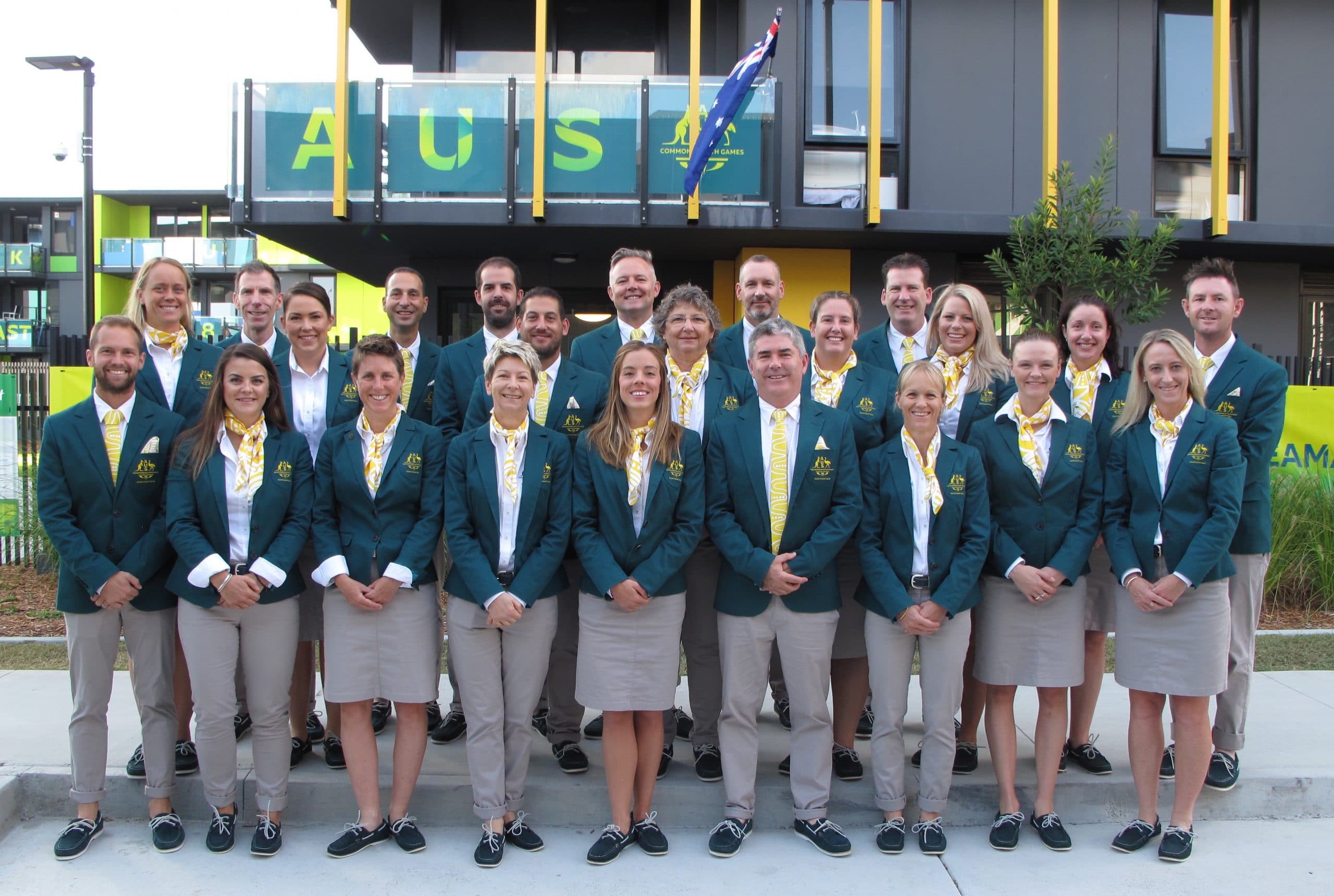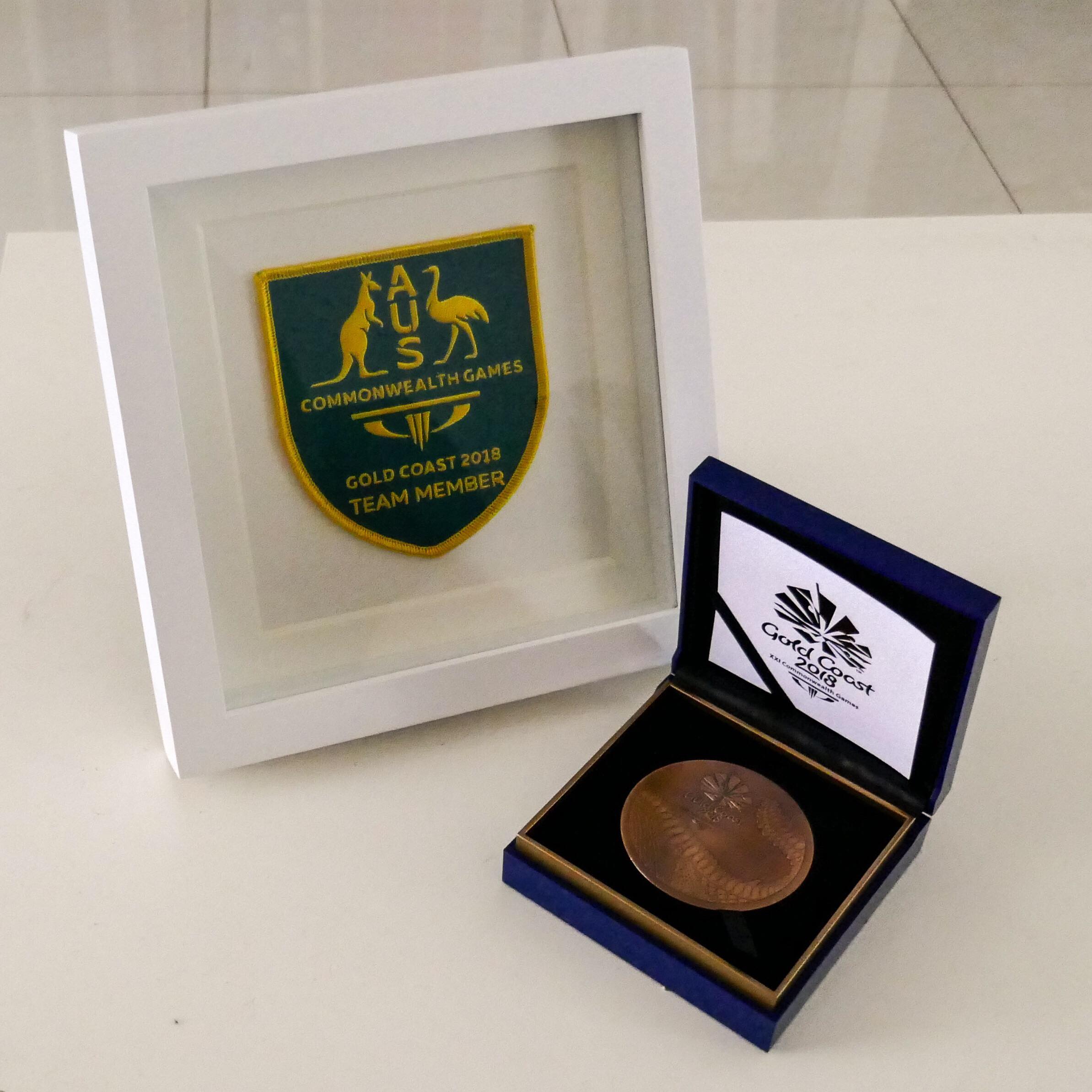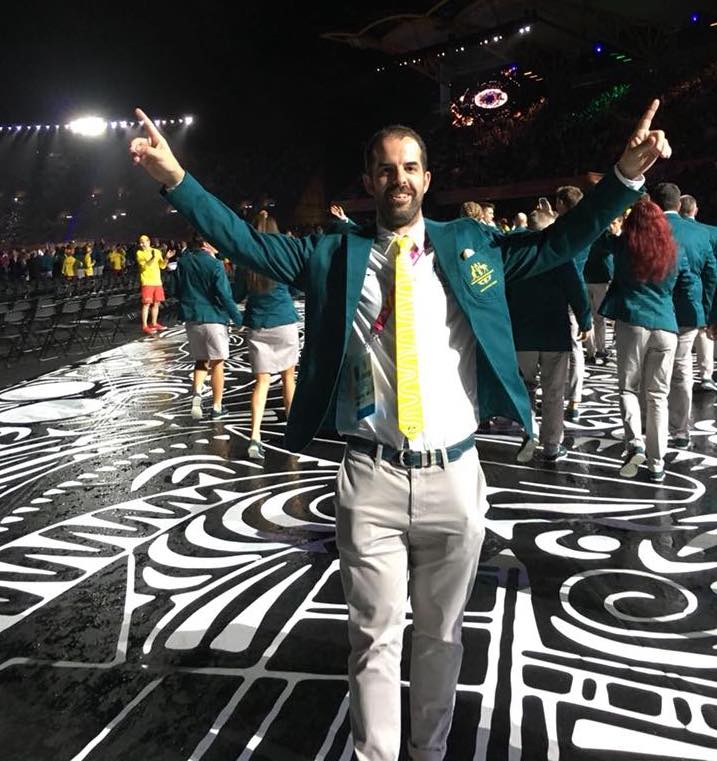After seeing some common injury patterns over the last 5-10 years I have blocked out a couple of hours at the clinic this week to put together a quick blog on some tips for injury prevention.
In high-performance sport, it has been proven that athletes who sustain fewer injuries and bouts of sickness throughout their career have much higher rates of achieving their long-term sporting goals. Therefore this should be one consideration for an athlete & coach when developing their training and racing calendar.
I believe this is applicable to not only elite athletes but all people training and competing in all levels of sport.
Did injury stop you in 2017?
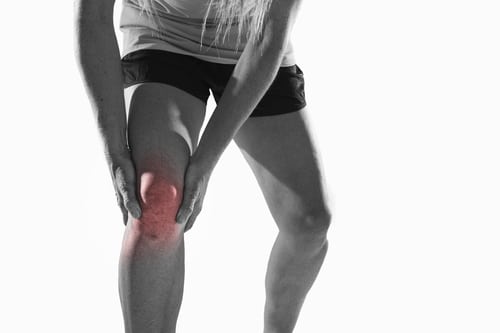
This is an important starting point to recognise before looking to your goals for the year ahead. It is important to acknowledge the previous year/s training and see if there are common patterns. Many athletes, once injured, won’t look back and try to determine what has happened to cause the injury, which will help prevent re-occurrence in the future. If you don’t do this step, 2018 will likely follow the same path.
If you did have an injury in 2017, what happened?
Why was it that you ended up with this injury?
Have you made changes so that this does not reoccur this year?
Was it a strength issue?
Was it a mobility issue?
Was it a poorly structured training plan?
Did you not have a training plan?
Did you do the same training program as others who may be at a higher level?
Did you not take care of your body with good quality rest, nutrition and body maintenance?
These are just some of the things that you MUST look at and answer if an injury held you back in 2017 before being able to move forward.
Once answered, you will be in a position to work out the best path moving forward. Ignoring these factors will likely result in another battle with injury and achieving your goals again this year.
So what are some areas to look at to ensure you hit your goals in 2018?
I have listed a few points here, and I consider them all to be of equal importance in allowing you to achieve your goals.
Sound coaching advice – I think it is essential if you are looking to achieve some specific goals in 2018 that you receive the best advice available. With technology, these days, the options with this are endless as there are plenty of full-time, highly knowledgeable coaches available.
It should be your expectation that the coach works with you with your previous training history (including any injuries) and deliver you an individualised training approach and plan. Group/squad training is an excellent option for some, but I believe that if you have been injured in the last year/s, then you need to be getting tailored advice to bring you to a level where you can achieve your goals and you’re not just another number in a group. If you are new to your sport and would like some help being pointed in the right direction here, please let me know, and I will put you in touch with a coach from my network.
Investing time in getting strong – One thing that is very apparent after working in this industry for the last 9-10 years is that those athletes with great longevity are also what I would describe as robust. Occasionally I will come across an athlete that has ‘that ideal build’. Still, for most athletes, this is something that they will need to work on and devote time to, as with their primary form of training, it is developed over time from season to season, but the payoff comes at a later date down the track.
General Recovery – This point is so basic, but it would result in the biggest bang for buck for most athletes if they were to focus on it. What I am referring to here is, are you getting the recommended sleep each night? Or are you getting adequate nutrition to replenish and build your body after you deplete its reserves in training? It sounds simple, but looking at these two things will again deliver the most significant return if the athlete follows a tailored training program. One of the first things an athlete will do when transitioning from training and working to being a ‘full-time athlete’ is adding in daytime naps, there is a reason for this, and that is because it works!
Body Maintenance – Of course, I am biased in this area and was always going to mention this, but it is very important if you are training hard and constantly taking from the body and asking more from it to be putting back In with some regular body maintenance and prehab. This can be anything from treatment at the clinic or self-treatment at home with Spiky Balls, Foam Rollers, Ice baths, Active recovery etc.
Every athlete’s needs will differ in this area, some needing lots of work & guidance to get back on track, and others only need some regular maintenance work in the lead into key events. So once again, the athlete’s needs should be identified, and it should be an individualised approach to achieve their maintenance needs.
If you have had any trouble with injuries in 2017, I hope you can draw on this blog to look at areas where you can get some easy wins in 2018 and get another step closer to ticking off your short and long-term goals.
If you have been unable to reach your goals in the last couple of years and would like some help to put together an action plan to help set you back on the right path whether that involves treatment, targeted strength & conditioning advice or referral to a sports specific coach that I have worked closely with then book in at the clinic to start putting a plan into action.

